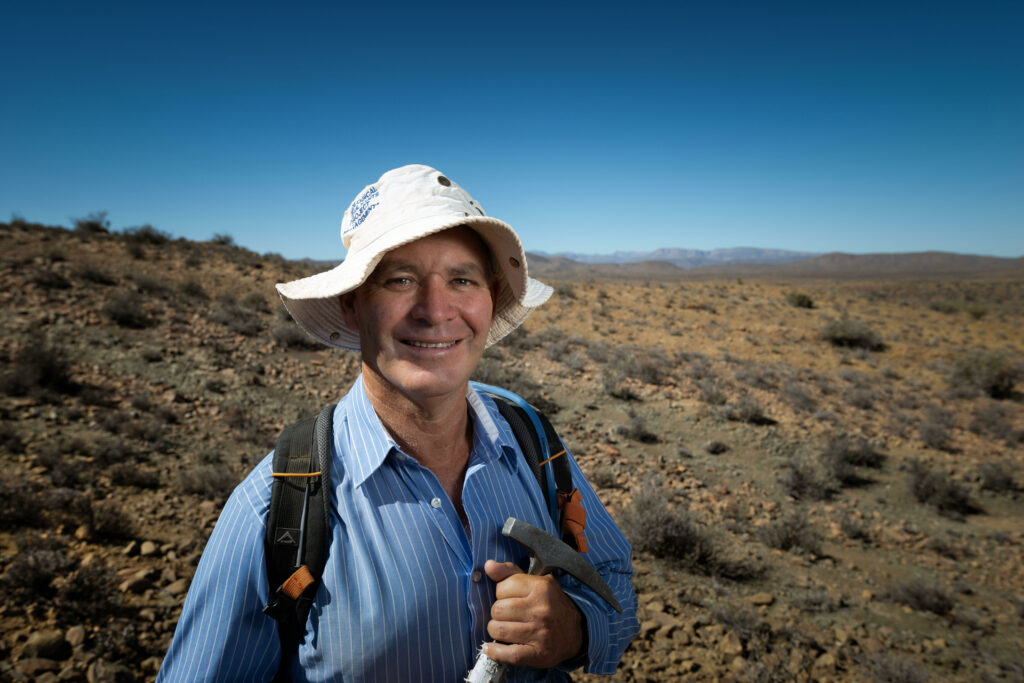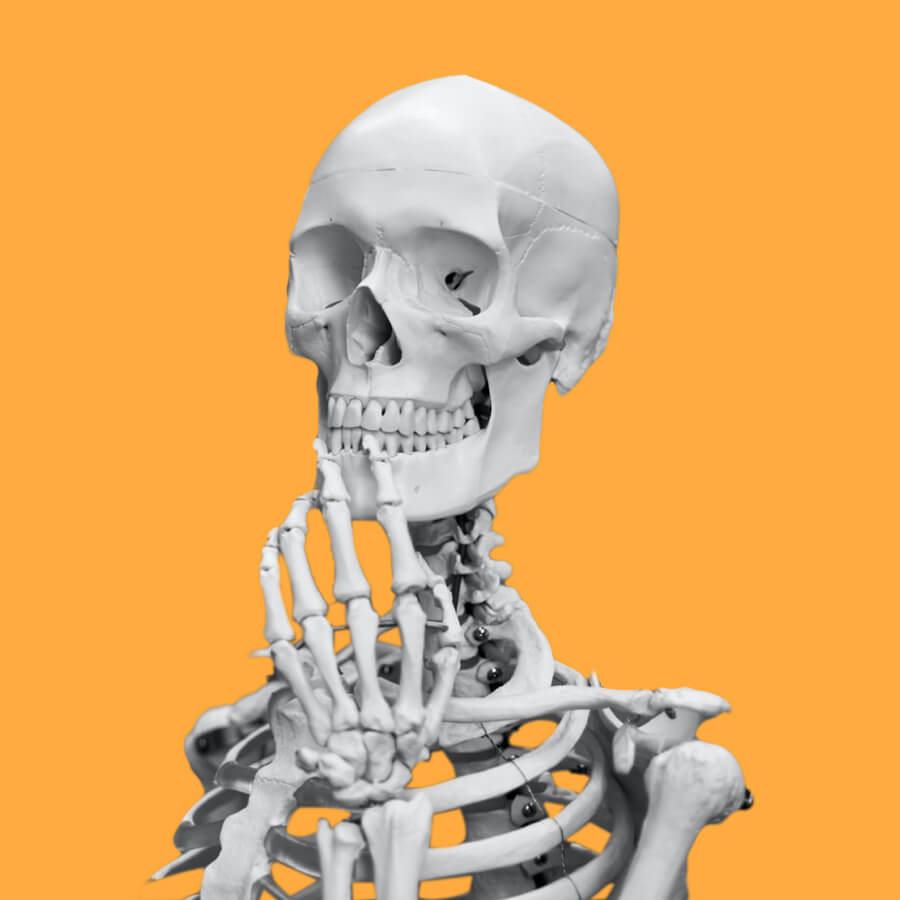Prof Bruce Rubidge
Distinguished Professor
Evolutionary Studies Institute, University of the Witwatersrand

Biography
Bruce Rubidge holds the position of Distinguished Professor at the Evolutionary Studies Institute at the University of the Witwatersrand. Following completion of his B.Sc., B.Sc. (Hons) cum laude at Stellenbosch University he was appointed to a curatorial position in the Karoo Palaeontology Department at the National Museum in Bloemfontein in 1980, becoming Head of the Department in 1982. He was appointed Director of the Bernard Price Institute (BPI) and Head of the Palaeontology Department at the University of the Witwatersrand. In 2013 he was appointed Director of the newly established DST/NRF Centre of Excellence for Palaeosciences at Wits.
He has broad research interests but most of his work focusses on the remarkable fossil record of the Karoo, their significance in understanding the origin of mammals, and applications in stratigraphy, Pangaean biogeography, and basin development studies. He has published more than 200 research publications in internationally accredited journals and 37 MSc and PhD students achieved their degrees under his supervision. Being passionate to expose the palaeoheritage of South Africa to the public, Rubidge was instrumental in setting up a palaeoscience museum at Wits which formed the core of an extremely active palaeoscience outreach programme. He was also involved with the development of the Cradle of Humankind World Heritage site, the Golden Gate Dinosaur exhibition Centre, and setting up the Kitching Fossil Exploration Centre in Nieu Bethesda as a sustainable palaeotourism business which employs local people from the town. Currently he is setting up a Karoo Palaeontological and Research Centre, which is allied to the University of the Witwtersrand, in the Karoo town of Graaff-Reinet.
Disciplines
Palaeoecology, Sequence Stratigraphy, Ecology, Vertebrate Paleontology
Fields of study
Rubidge’s research focus is on the palaeontology, sedimentology, stratigraphy and basin analysis of the Karoo Supergroup. The Karoo fauna is of global interest as southern Africa occupied a central place in Gondwana, and the fossils found in the time-extensive Karoo Supergroup have global distribution. Recently he and collaborators published the first radiometric dates for the Permian biozones of the Beaufort Group, a development which will have important consequences for dating tetrapod-bearing Permian deposits from around the world, timing for basin modelling, as well as determining the rate of evolutionary development in Permian tetrapods. His current research is to understand biodiversity change in the Middle Permian Abrahamskraal Formation. This Formation comprises the most complete fossil-bearing Middle Permian terrestrial succession and is one of the only places in the world able to provide evidence for the effect of the end Guadalupian mass extinction on land. For three decades my team has undertaken stratigraphic fossil collecting and documentation of the 3000m thick Abrahamskraal Formation around the entire Karoo basin; in the process, we have described more than ten new basal tetrapod species, discovered a new and older faunal biozone, as well as undertaking taxonomic and phylogenetic research on the tetrapod faunas. With my students we have published the first accurate stratigraphic ranges of Middle Permian tetrapod taxa, presenting diversity trends, and proposing a new basin development model for the Abrahamskraal Formation. These findings have international consequence as they are the first accurate representation of middle Permian biodiversity change in the terrestrial realm.
